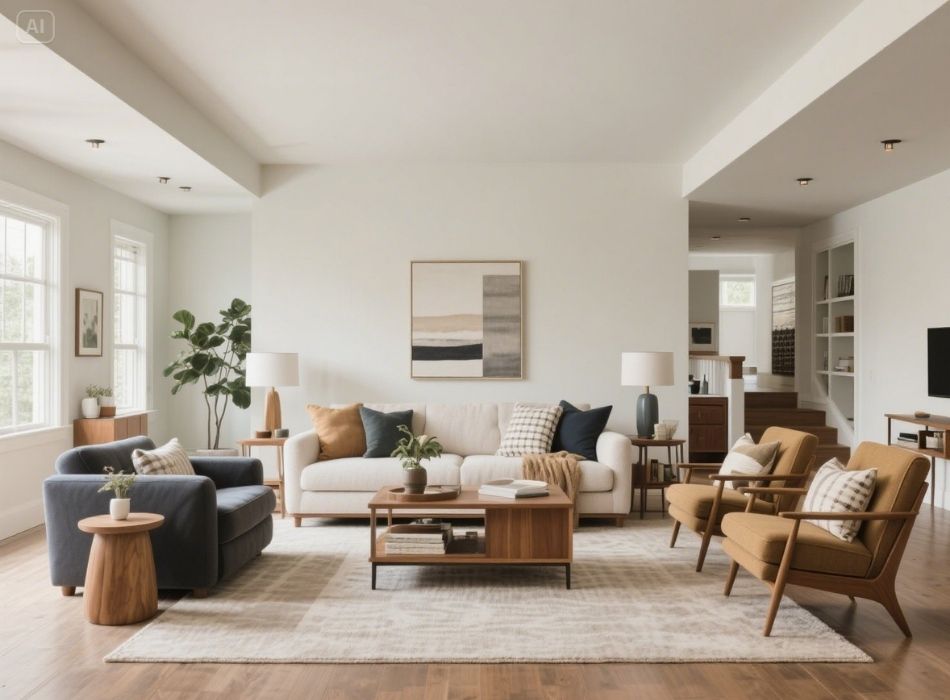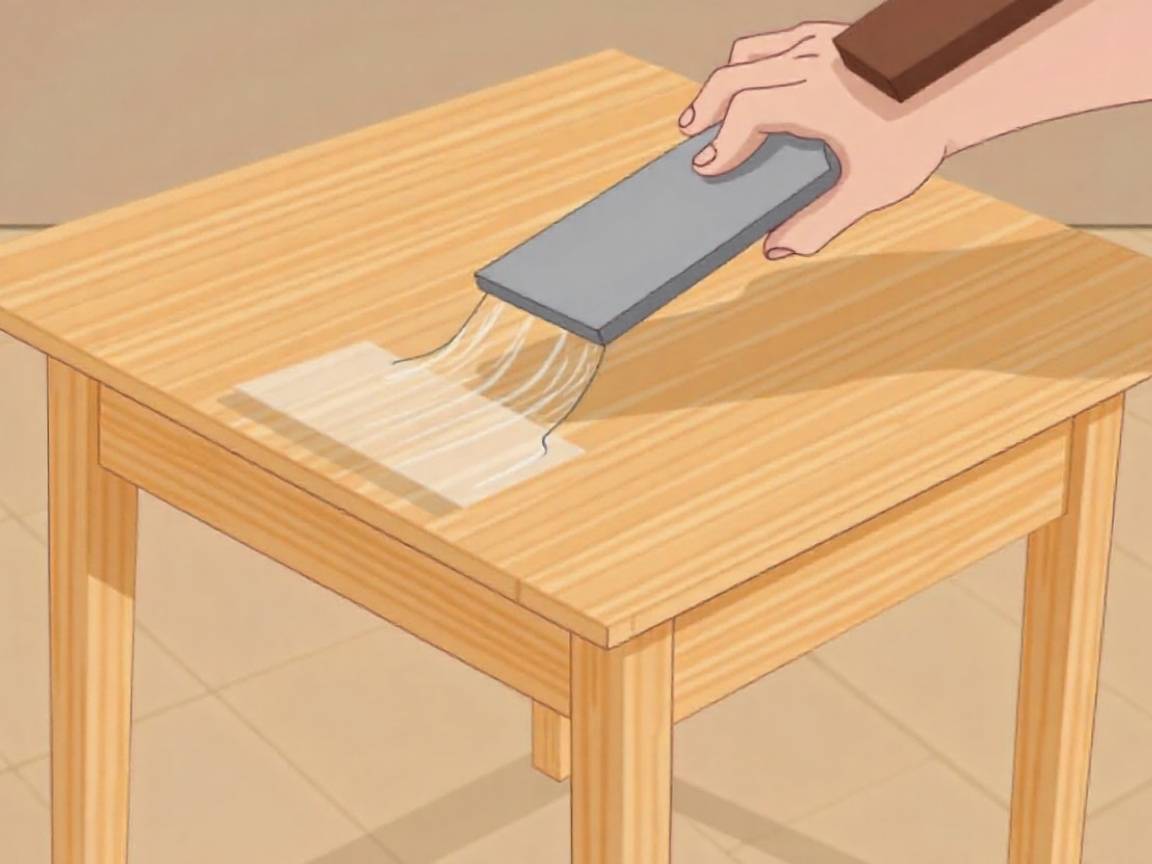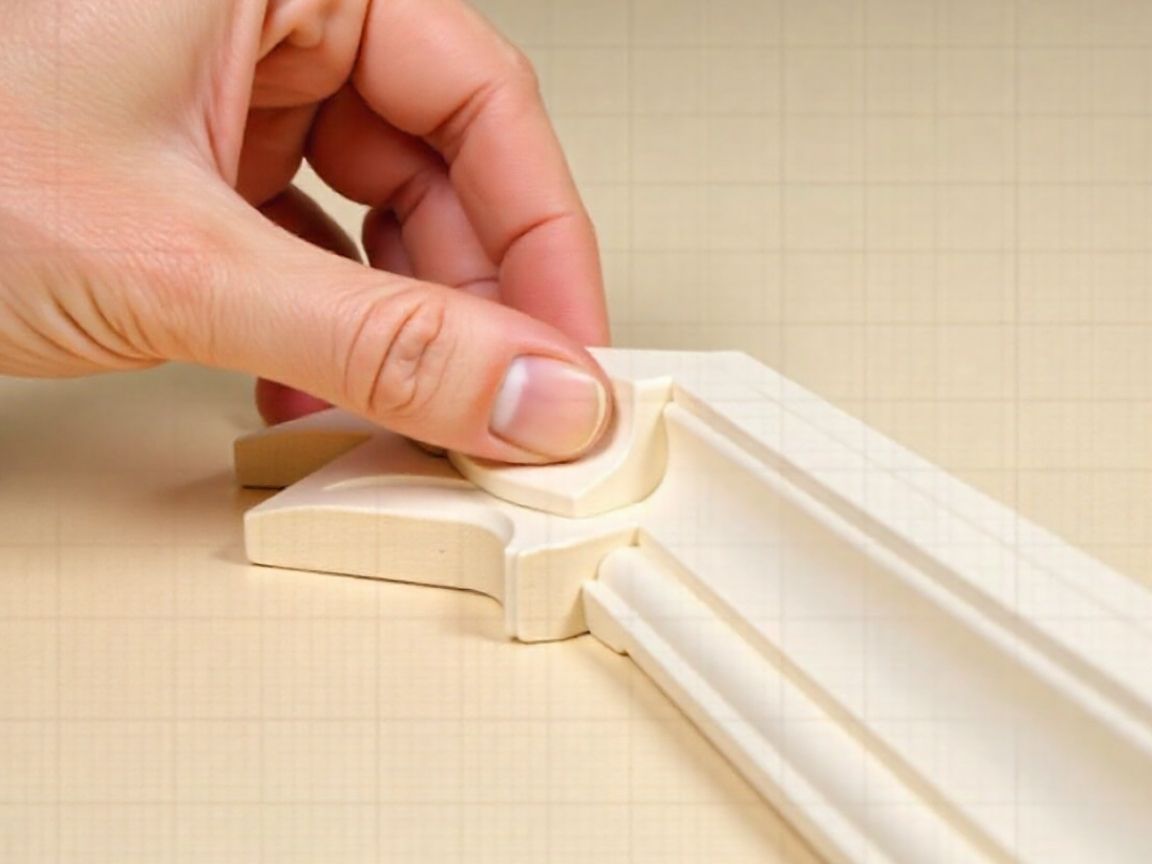Creating a sophisticated, functional, and welcoming living space often involves dividing the room into multiple furniture groupings. While the primary grouping typically revolves around a central anchor like a sofa or entertainment unit, a secondary furniture grouping adds versatility and dimension to your interiors. Secondary furniture groupings are the unsung heroes of interior design, often overlooked yet incredibly effective at transforming a room’s utility and aesthetic.
This blog will explore the role of secondary furniture groupings, highlight smart choices for items you can include, and offer actionable tips to help you design a space that works for your lifestyle.
Understanding Secondary Furniture Groupings
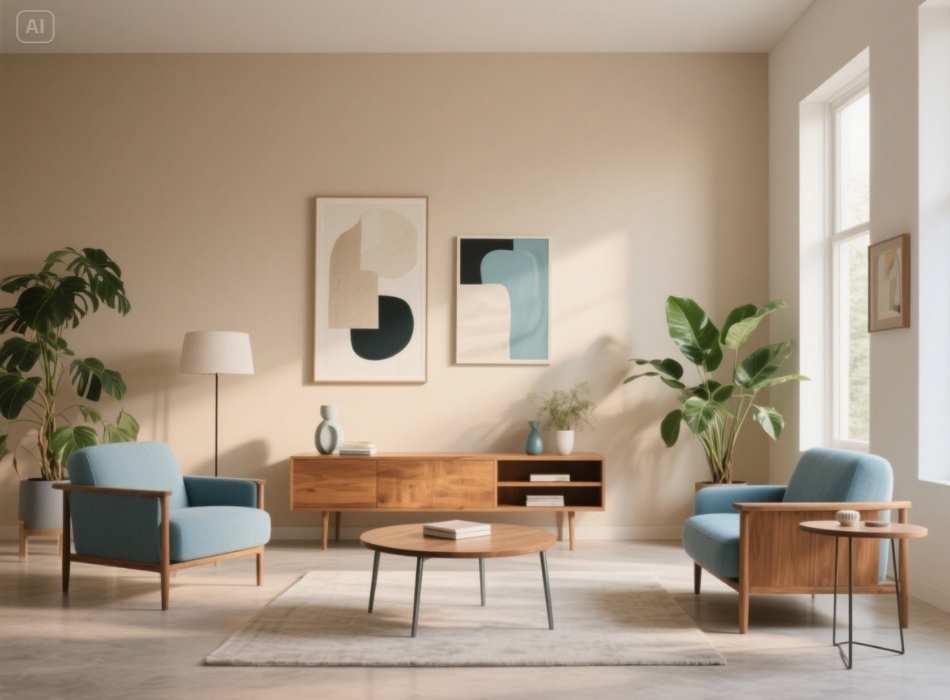
Before we jump into specifics, let’s clarify what a secondary furniture grouping is. This setup is a smaller collection of furnishings or decor that complements your main arrangement. Think of it as the supporting actor to your star performer.
While a main furniture grouping might consist of a large sectional sofa, a coffee table, and armchairs focused on conversation or television, the secondary grouping usually addresses another function. It might be designed for reading, working, dining, or even casual lounging. These groupings also work to balance the room visually, break up large spaces, or serve as cosy nooks in smaller ones.
Benefits of a Secondary Furniture Grouping
Before deciding what to include, consider why a secondary grouping might be valuable for your space. Here’s why this strategy is so effective:
Functional Zones
Secondary furniture groupings create distinct areas for specific activities, such as reading, working, or hosting casual conversations. This is especially useful in open-concept homes, where one large space needs to serve multiple purposes.
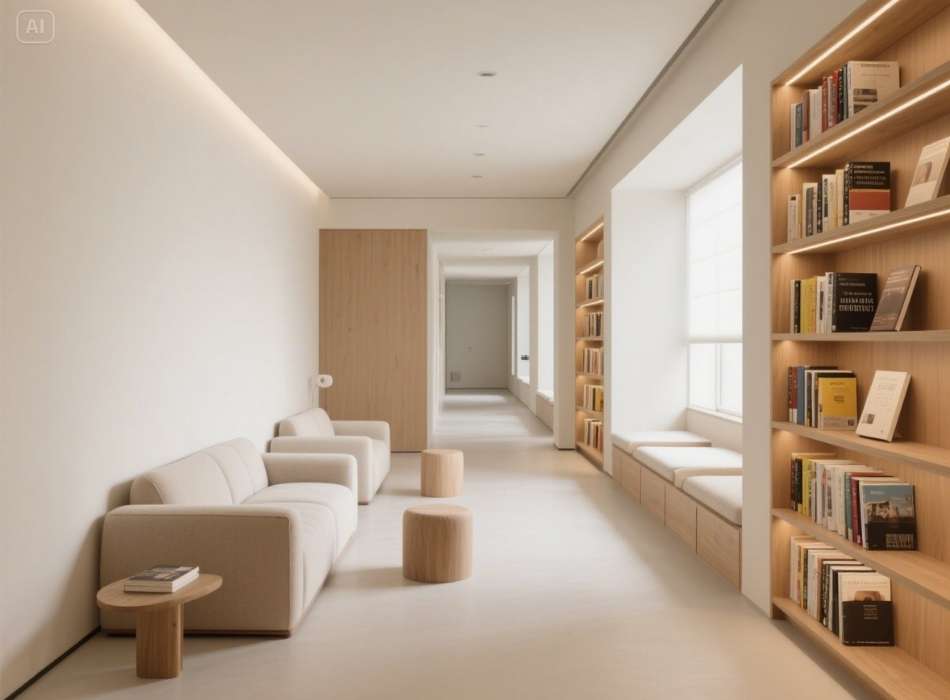
Improved Flow
Strategically placed secondary groupings promote better movement and usability of a room. For example, a hallway-like space can become an inviting reading area rather than a dead space.
Layered Aesthetic
A well-designed secondary grouping can add depth to your space’s visual appeal. Layers of furniture, textures, and decorative elements create interest and sophistication.
Utilize Awkward Spaces
Do you have a small corner or irregular nook that feels disconnected from the rest of your room? A secondary grouping can help transform it into a functional and appealing area.
What Items Work Best in a Secondary Furniture Grouping?
Now that we understand the purpose and benefits of a secondary furniture grouping let’s talk about function. The items you choose will depend on your needs, lifestyle, and the size of your space. Here are six key ideas:
1. A Pair of Chairs and a Side Table
A classic secondary grouping is a set of armchairs paired with a small side table. This arrangement works brilliantly for small conversations, enjoying a cup of tea, or casual reading.
Tip: Add a floor lamp to create a dedicated reading nook. Choose compact chairs like accent chairs with slim profiles to avoid overwhelming the space.
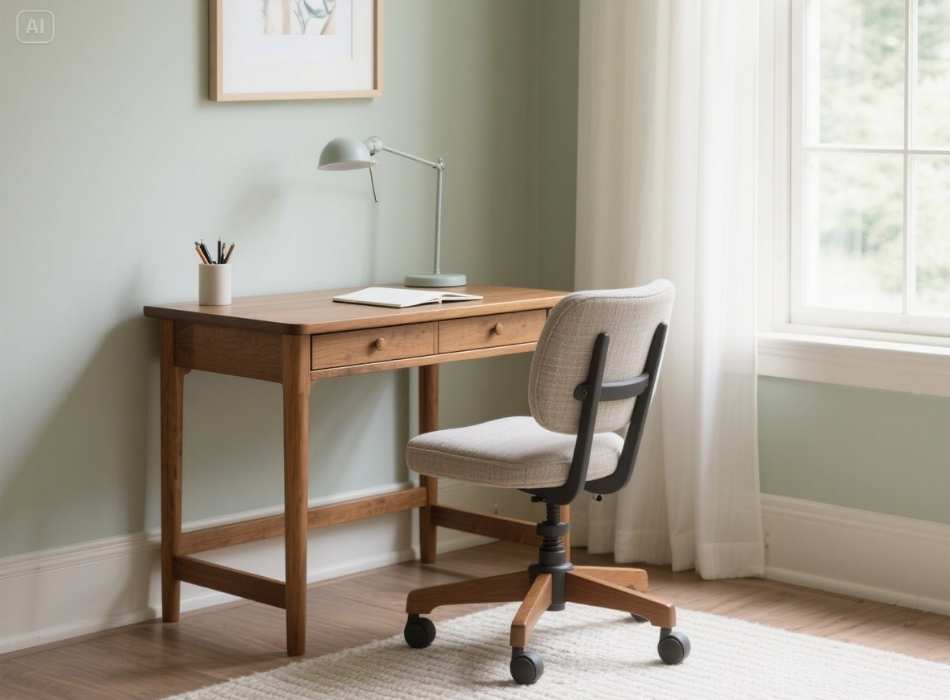
2. A Writing Desk and Chair
Whether you work from home or need an occasional workspace, a small desk and chair can form a versatile grouping. Place this near a window for natural light.
Tip: Opt for a floating desk or one with sleek lines to maintain an open and airy look.
3. An Ottoman and a Tray Table
If you prefer a flexible secondary grouping, consider using storage ottomans that double as seating. Pair them with a tray table for snacks, books, or board games. This arrangement is perfect for adding functionality to unused corners.
Tip: Choose ottomans with hidden storage to stash away blankets or magazines.
4. Bookshelves and a Comfy Chair
Another classic option is a small library-style setup. Place a couple of bookshelves with a comfortable chair nearby and add a throw blanket for a welcoming vibe.
Tip: Include a small footrest to maximize comfort and make the nook irresistible for reading.
5. A Bar Cart and Bar Stools
A bar area is a fun secondary grouping idea for entertainers. A stylish bar cart flanked by stools creates a cosy cocktail corner.
Tip: Align the area near the dining or main seating area for better flow during parties.
6. Accent Bench or Daybed
Need a casual lounging zone or a place to put on shoes? An accent bench or daybed with a few decorative pillows can be a versatile addition, especially in transitional spaces like hallways or near windows.
Tip: Style it with a cosy throw for added texture and instantly create an inviting statement.
How to Design the Perfect Secondary Grouping
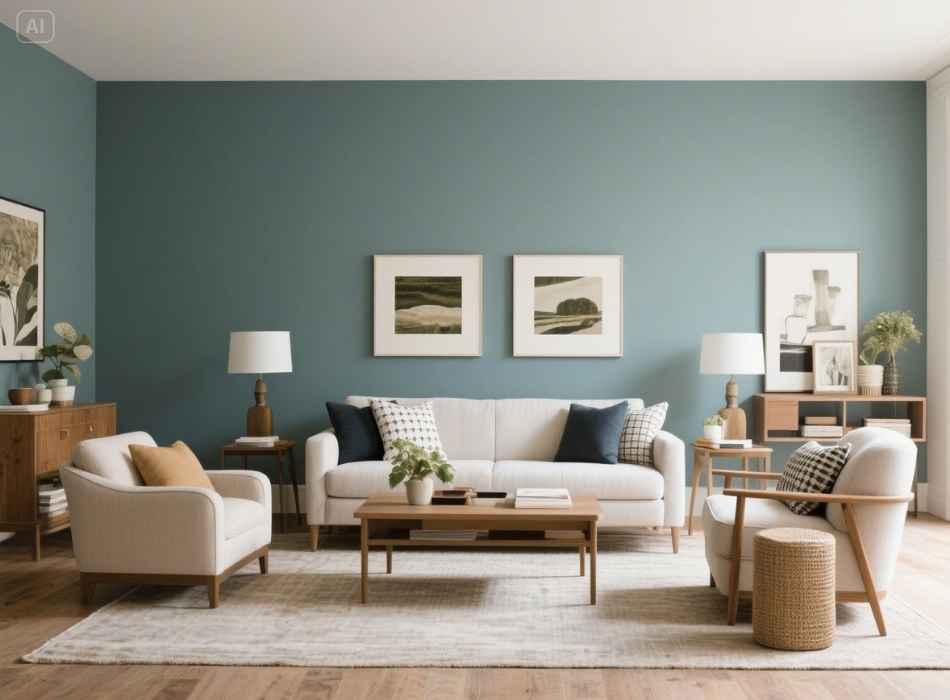
Putting together a secondary grouping isn’t just about placing some furniture in a random spot. Here’s how to get it right:
1. Assess Your Space
Start by identifying areas in your room where a secondary grouping would naturally fit. Consider unused corners, wide-open spaces, or areas near architectural features like windows or fireplaces.
2. Focus on Balance
Aim to create harmony between the main grouping and your secondary one. Use similar colours, textures, or design elements to tie the two areas together while serving distinct purposes.
3. Design for Functionality
Think carefully about the space’s function. Do you need additional seating? A cosier vibe? More storage? The answers to these questions will guide your furniture choices.
4. Create Visual Connection
Use rugs, lighting, or artwork to visually anchor the secondary grouping, making it feel cohesive with the room instead of an afterthought.
5. Keep It Proportional
Stay mindful of scale. Smaller furniture pieces work better for secondary groupings to avoid overwhelming the space.
Small Spaces? Here’s How to Incorporate Secondary Groupings
If your room is short on square footage, don’t worry! Secondary groupings can still work beautifully in small spaces. Look for multi-purpose furniture like nesting tables, foldable chairs, or desks that double as console tables. Use vertical space creatively with tall shelves or wall-mounted lighting.
Final Thoughts: Elevate Your Space with Strategic Groupings
Secondary furniture groupings may seem small or optional at first glance, but they’re a powerful tool for elevating your interior design. By creating functional zones, improving flow, and adding visual layers to your room, these groupings can transform your living space into a practical and stylish haven.
Whether you use them for reading, working, or hosting, these smaller arrangements enhance how we live in and enjoy our homes. Why not give it a try? Rearrange some of your furniture, and you might find a new favourite spot in your home!







